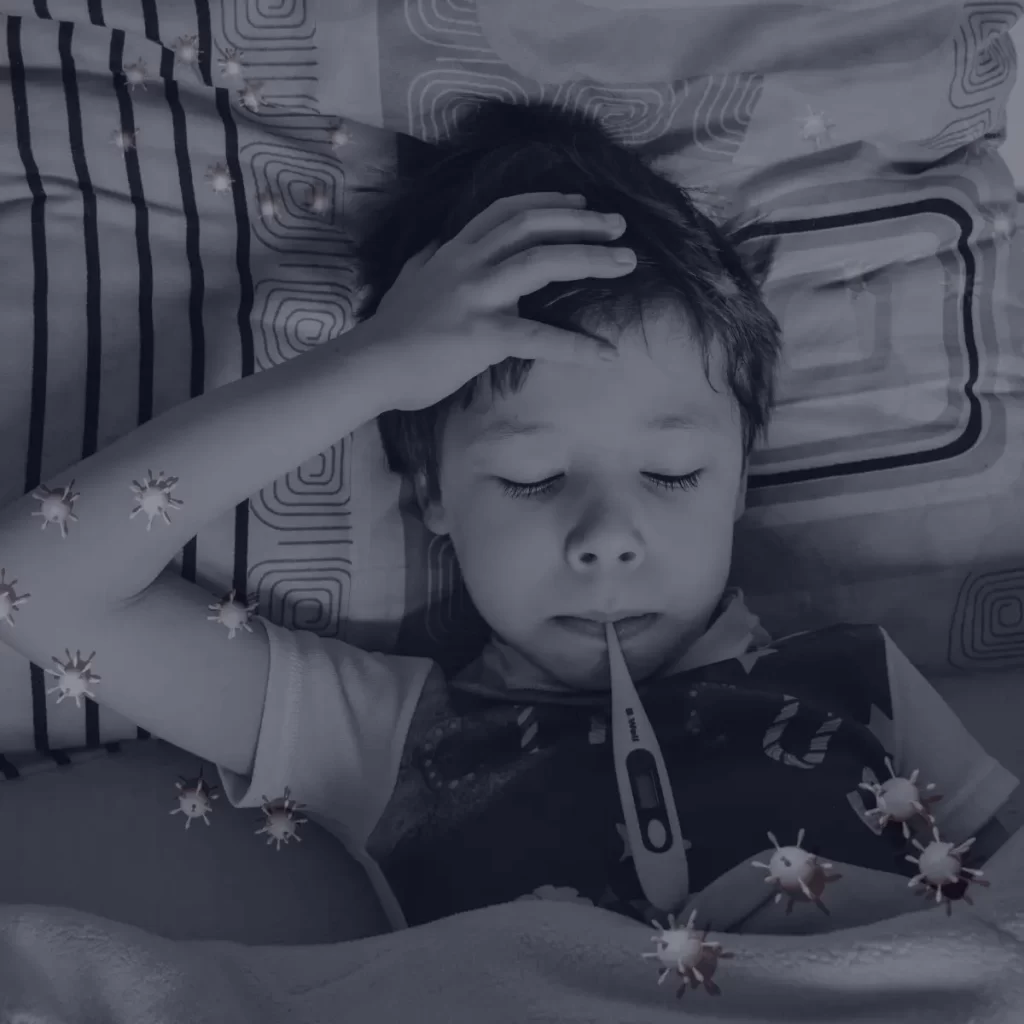
The fact that contaminant particles are not visible to the naked eye does not mean that the air is healthy. Respiratory problems, allergies, and colds have become a common concern in our homes, affecting our children who often turn out to be the most vulnerable individuals in our households.
A report from the World Health Organization on air pollution and child health reveals that over 90% of the world's children are breathing toxic air. This is the result of both outdoor environmental air pollution and indoor air pollution from poorly ventilated kitchens and spaces, or spaces with conditions conducive to the spread of viruses and bacteria due to lack of maintenance or inadequate materials. This seriously affects their health and, in fact, their performance in school.
As evidenced by the study conducted by the Fraunhofer Institute for Building Physics in Germany, optimizing ventilation and reducing CO2 levels improves children and young people's capacities by more than 15%.
Are your children easily distracted or underperforming? Well, this could also be a reason. Quoting Dr. Maria Neira, Director of the Department of Public Health, Environment and Social Determinants of Health at the WHO, "air pollution prevents the child from developing normally and has more effects on their health than we suspected." Fortunately, today we have tools and technology that help us mitigate this problem for both outdoor and indoor air pollution.
What can I do to reduce health risks for my children?
Create safe spaces, not only for our children but also for our parents, partners, and people in our homes, offices, and enclosed spaces, by providing optimal air quality.
Hoy en día existen avances tecnológicos que ayudan a mitigar en gran cantidad virus, bacterias y partículas nocivas para nuestra salud, aplicándolos en nuestros sistemas de ventilación de una manera practica y eficiente (por nuestra experiencia, conocimiento y porque nosotros la utilizamos) recomendamos la ionización bipolar de doble punta de aguja (si aún no la conoce lo invitamos a ver nuestro artículo donde hablamos de esta tecnología) dentro de muchas otras opciones que podrá encontrar en el mercado eligiendo la que más se adapte a sus necesidades como purificadores de aire, entre otras, hacer mantenimientos preventivos y darle importancia a nuestros sistemas de ventilación, tomando como prioridad la calidad de aire interior es una de las prioridades que debe tomar desde ya en sus hogares.
Let's start breathing cleaner air for our health, our performance... because we deserve it!
Sources:
+ UNFCC Article +WHO Report +Study conducted by the Fraunhofer Institute for Building Physics in Germany



